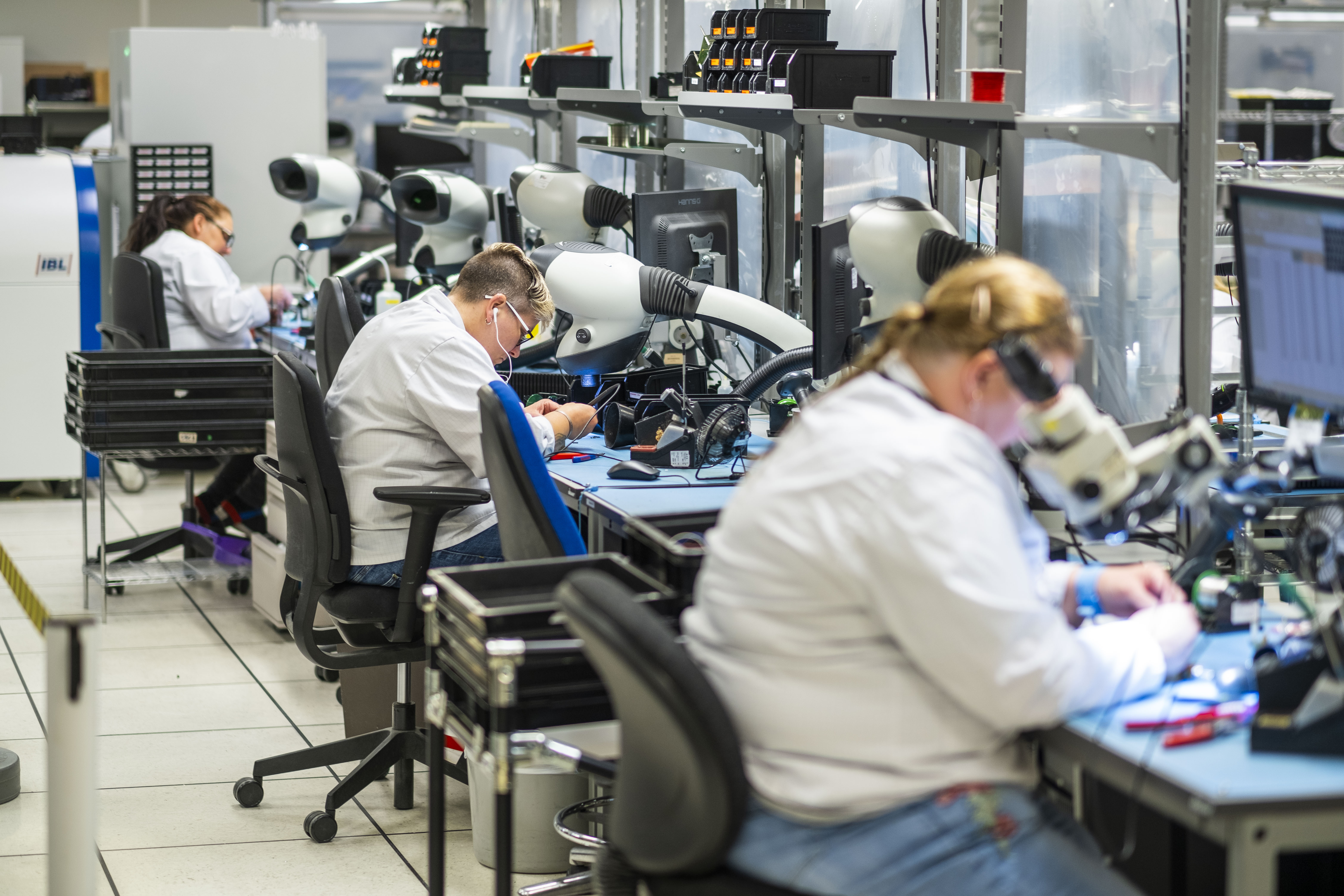Electronics are everywhere, from day-to-day appliances to safety-critical systems used in aerospace and healthcare.
The rise in the use of electronic systems can be seen in the value of the Printed Circuit Board (PCB) market which surpassed $80bn in 2021.
The value will continue to grow over the next decade which means more complex electronics will perform critical functions. This makes testing mission-critical for the electronics manufacturing systems (EMS) industry, surpassing the notion of being a value-add service.
EMS service providers must take an all-systems approach to testing, as a lack of foresight could result in high costs of rework and reputational damage which is detrimental to the OEM and EMS contractor.
Stages of testing
An EMS manufacturer is only as good as the robustness of its testing processes. EMS manufacturing involves several stages and methodologies of testing that depend on the nature of the product and service it’s intended to offer to its end-user.
Take early-stage testing that’s done at PCB level in which each component is measured for value on the surface mount machine ensuring the correct setup before placement on the product. Early-stage testing allows us to immediately identify process setup failures and improve build quality.
We then move on to Process Verification Testing (PVT) - which examines whether the product and its components are assembled correctly. A method utilised in PVT is automatic optical inspection (AOI), verifying component placement, solder joint quality and orientation allowing for fast and immediate feedback to the process to drive responsive process improvement. It’s the most important test because each solder joint and pin on the PCB is tested separately, among other components.
At CB Technology, we follow the 3-5-10 rule where the production lines are stopped altogether if a test failure reoccurs thrice. Engineers then work on the root causing the problem, rectifying i,t and then testing again for verification before resuming production.
Thanks to a robust PVT and AOI testing regime we have a 99.85% first-pass yield of one of our OEM’s products that’s safety- and life-critical. We can achieve a near-perfect success rate only because of strict testing norms developed by our engineers.
Another key benefit of testing at PCB level beyond process verification testing is to deploy board-level Functional Verification Testing which ensures each module or subassembly of a product is fully functioning to the desired specification prior to being integrated into the fully assembled product.
This helps prevent unnecessary rework or dismantling of the entire product for troubleshooting a test failure occurring at the final system level. The later in the process a failure is detected the more costly the diagnosis and rework becomes.
The use of FVT at board level along with the System Level Test (SLT) and Complex Environmental Test (CET) provides a suite of testing that allows OEMs to determine the level of confidence and assurance of the performance and integrity of the products in the field.
Stay tuned to our channels for our next blog on ‘Trusting the Testing Process.’


